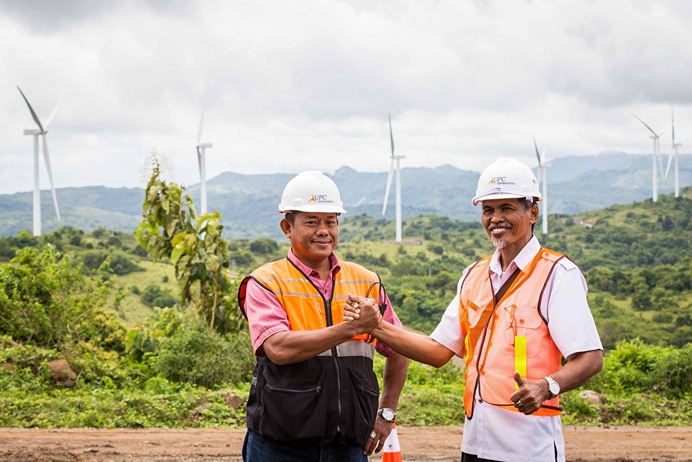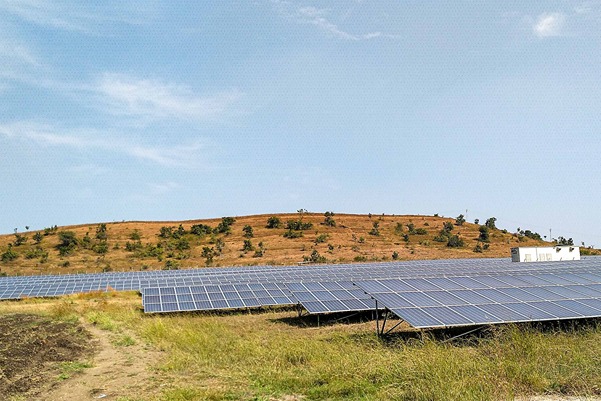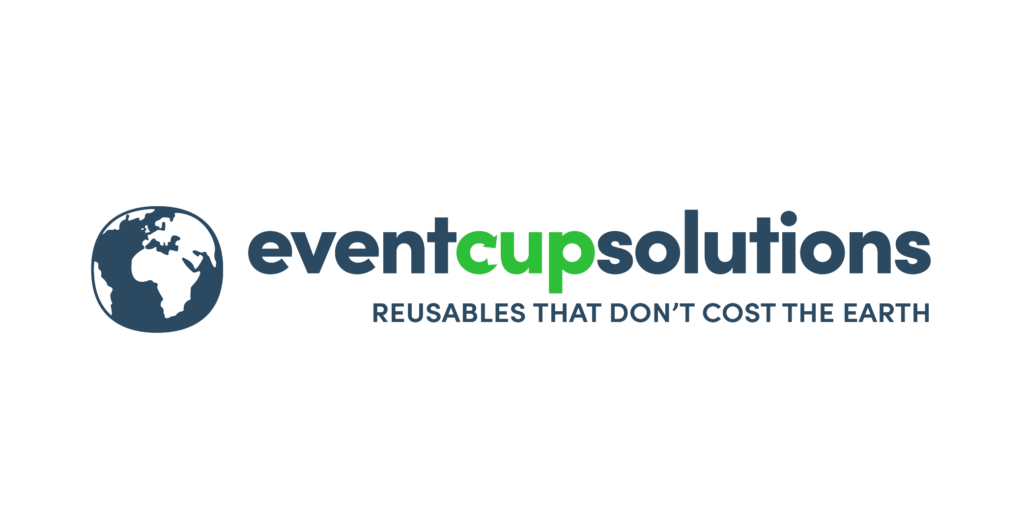Communicate transparently
With the help of the ClimatePartner certified label and the corresponding climate-ID page, companies make their climate action strategy and successes transparent. The climate-ID page shows what has been achieved across each of the five steps. This gives consumers, stakeholders, and other interested parties an overview of where the company stands in terms of climate action.
You can transparently track our certification here: www.climate-id.com/CCF1G8
You can find out, amongst other details, the category of our certification, the emissions that have been taken into account, the reduction targets we have committed to, the measures we have already implemented, and more about the climate projects we are financing.







